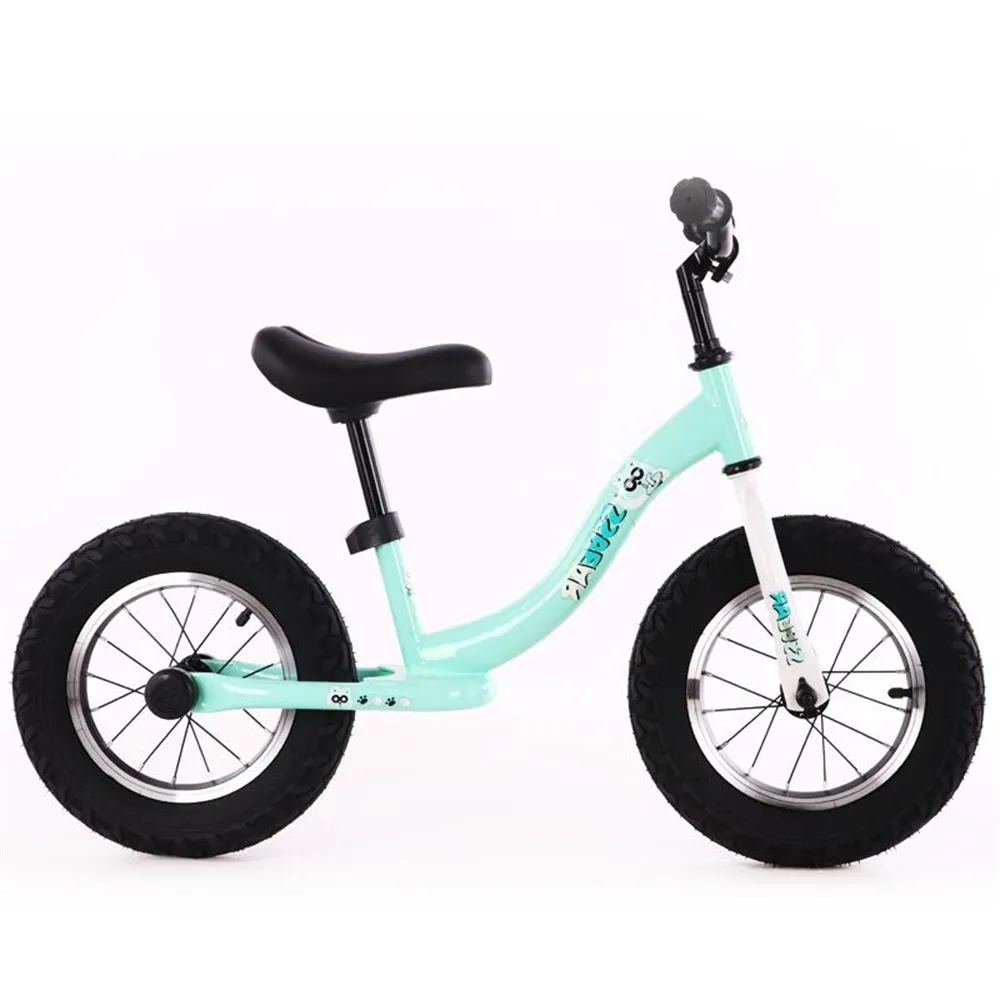Ultimate Guide to Choosing the Perfect Mountain Bike
Choosing the Right Mountain Bike A Guide for Enthusiasts
Selecting the perfect mountain bike can be both an exciting and daunting task, especially for those new to the sport. With countless models, features, and brands available, it’s essential to understand your needs and preferences before making a purchase. In this article, we’ll guide you through the key factors to consider when choosing a mountain bike, ensuring you find one that suits your riding style and terrain.
1. Determine Your Riding Style
Before diving into the specifics of mountain bikes, consider your riding style. Are you a casual rider who enjoys scenic trails and leisurely rides? Or are you an adrenaline junkie looking to tackle rugged terrains and steep descents? Understanding your primary purpose will help narrow down your options. If you plan to ride mainly on smooth roads, a cross-country bike might be sufficient, while aggressive downhill riders will need a bike built for stability and shock absorption.
Mountain bike frames come in various materials, each with its benefits and drawbacks. The most common materials include aluminum, carbon fiber, and steel. Aluminum frames are lightweight and affordable, making them popular for recreational riders. Carbon fiber, while more expensive, offers superior performance and shock absorption, perfect for serious enthusiasts. Steel frames provide durability and a classic feel but can be heavier. Consider your budget and performance needs when selecting a frame material.
3. Wheel Size
mountain bike choose

Mountain bikes come with different wheel sizes, typically 26, 27.5, or 29 inches. Smaller wheels (26 inches) offer better maneuverability and are often preferred for technical trails. Mid-sized wheels (27.5 inches) strike a balance between speed and control. Larger wheels (29 inches) excel in rolling over obstacles and maintaining speed but can be less nimble in tight turns. Think about the types of trails you frequent and choose a wheel size that complements your riding style.
4. Suspension Type
Mountain bikes can be categorized into three types based on their suspension hardtail, full-suspension, and rigid. Hardtail bikes have front suspension but no rear suspension, making them lightweight and efficient on climbs. Full-suspension bikes offer both front and rear suspension, providing enhanced comfort and control on rough terrain, ideal for technical trails and downhill rides. Rigid bikes lack any suspension, making them suitable for smooth trails or casual riders focused on fitness.
5. Fit and Comfort
Ultimately, the most important factor in choosing a mountain bike is ensuring it fits you properly. A bike that is too big or small can lead to discomfort and affect your performance. Spend time in a local bike shop, where professionals can help you find the right frame size based on your height and inseam. Don't forget to test ride multiple bikes to gauge comfort, control, and overall feel.
Conclusion
Selecting the right mountain bike requires thoughtful consideration of your riding style, frame material, wheel size, suspension type, and fit. Take your time exploring your options and don’t hesitate to seek expert advice from local bike shops. By carefully evaluating your needs, you’ll be well on your way to finding a mountain bike that enhances your outdoor adventures and provides endless enjoyment. Happy riding!
-
Baby Balance Bike OEM Service – Kids No-Pedal, LightweightNewsNov.10,2025
-
OEM Kids Bike Children Bicycle – Cheap Wholesale BicyclesNewsNov.10,2025
-
Kids Bike New Model 12–18 inch Boys & Girls Bike, AdjustableNewsNov.10,2025
-
China Cheap Price Safe Kids Bike for 10yo w/ Training WheelsNewsNov.10,2025
-
China CE-Certified Kids Balance Bike, Guaranteed QualityNewsNov.10,2025
-
Colorful Outdoor Flashing Carton Children Scooter for KidsNewsNov.10,2025
-
Best Price Kids Balance Bike – Superior Quality, No PedalsNewsNov.10,2025








